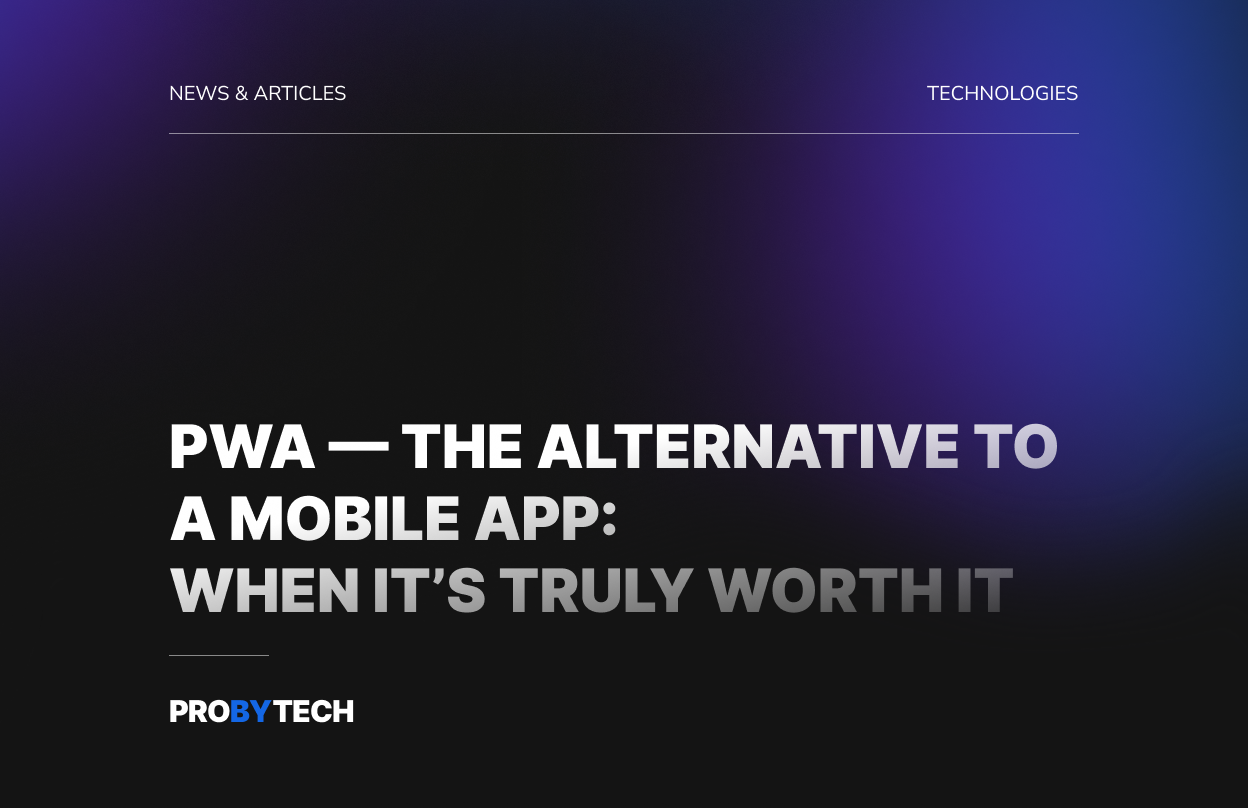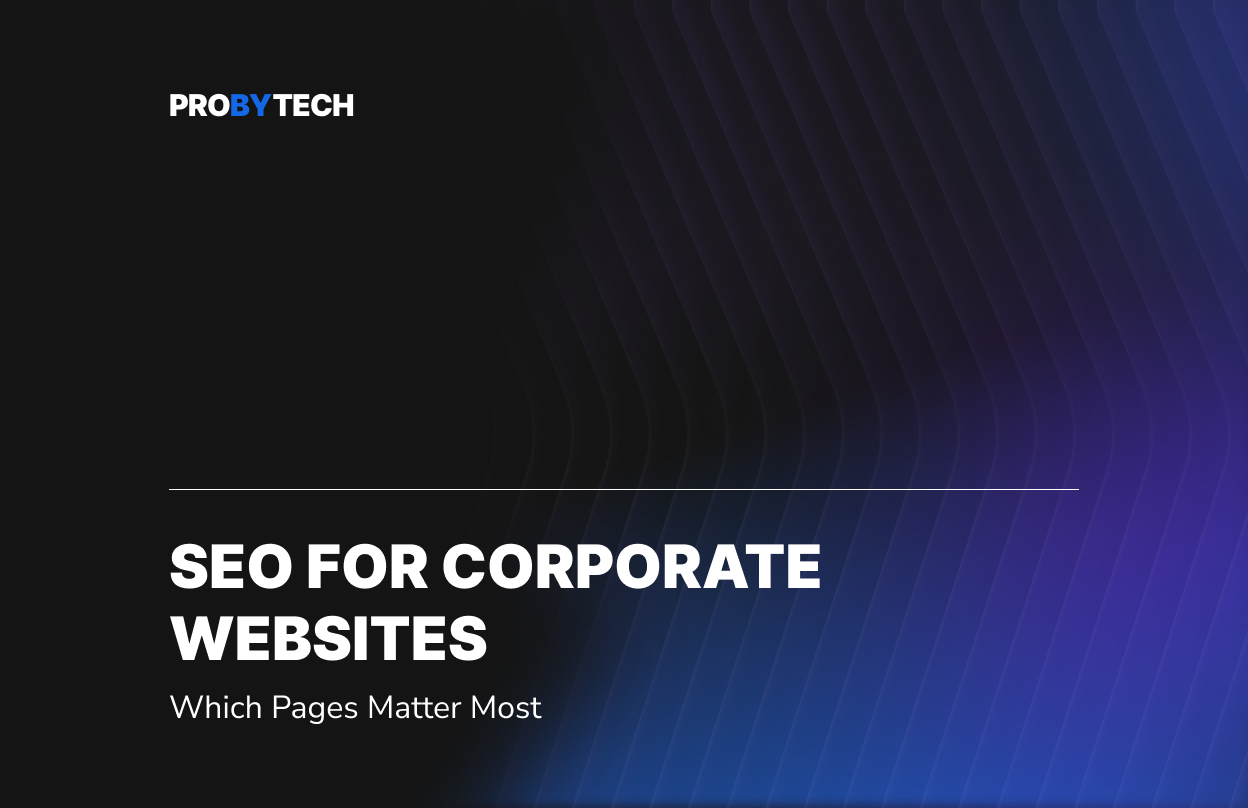Website Funnel: How to Build a Logical Path to a Lead Submission

In modern internet marketing, the concept of a "sales funnel" or "conversion funnel" has become a key tool for attracting customers and increasing lead submissions. A website funnel is a sequence of steps a visitor goes through from first encountering the brand to completing a target action: submitting a lead form, making a purchase, or subscribing.
A properly built logical path helps not just capture attention but also guides the user along a journey where they receive necessary information, build trust, and ultimately place an order.
What is a Website Funnel?
A funnel is a metaphor describing the user’s journey from a broad audience (the top of the funnel) to those who complete the target action (the bottom of the funnel). It consists of several stages:
- Awareness — the user lands on the site, sees an attractive headline, and focuses on benefits.
- Interest — they learn about the product or service, read descriptions, view photos or videos.
- Consideration — they compare with competitors, look for proof of quality: reviews, case studies, guarantees.
- Decision — ready to submit a lead form, make a purchase, or take another target action.
Why is Building a Logical Path Important?
The logical path is how a user moves from one funnel stage to the next. Without a clear structure, visitors may get confused, leave the site, or never reach the lead form. A well-organized funnel:
- Reduces bounce rates
- Increases brand trust
- Improves user experience
- Boosts conversion rates
How to Build an Effective Logical Path to Lead Submission
Clear and Understandable Call-to-Action (CTA)
Every section of the site should have a clear CTA: "Submit a Lead," "Get a Consultation," "Order a Call." Buttons must be noticeable and texts motivating.
Sequential Information
Start with the main benefits, then reveal details, demonstrate advantages, confirm quality. Information should logically lead the user to the next step.
Visual Guidance
Use arrows, color accents, icons to hint where to go next. Avoid unnecessary elements that distract.
Social Proof
Customer reviews, ratings, case studies — all add confidence and reduce doubts.
Minimize Steps to Lead Submission
The fewer actions required, the higher the chance of completing the lead form. Simplify forms, avoid unnecessary fields.
Personalization and Segmentation
If possible, adapt content for different audiences or scenarios so each visitor sees relevant information.
Example of Funnel Logic on a Website
- Homepage — bright headline, concise unique selling proposition (USP), "Learn More" button.
- Product/Service Page — detailed description, benefits, photos/videos, reviews.
- Social Proof Block — testimonials, client logos, case studies.
- Lead Form — simple, visible, with clear fields.
- Thank You Page and Next Steps — confirmation message, hints on what to expect next.
Conclusion
A website funnel is not just a technical tool but an art of creating a clear and attractive path for the user. Building a logical path to lead submission helps keep attention, reduce doubts, and effectively convert visitors into clients. Invest time and resources into a well-thought-out funnel design — and the results won’t keep you waiting.
Read next
- PROBYTECH
- News & Articles
- Strategy & Growth
-
Website Funnel: How to Build a Logical Path to a Lead Submission









